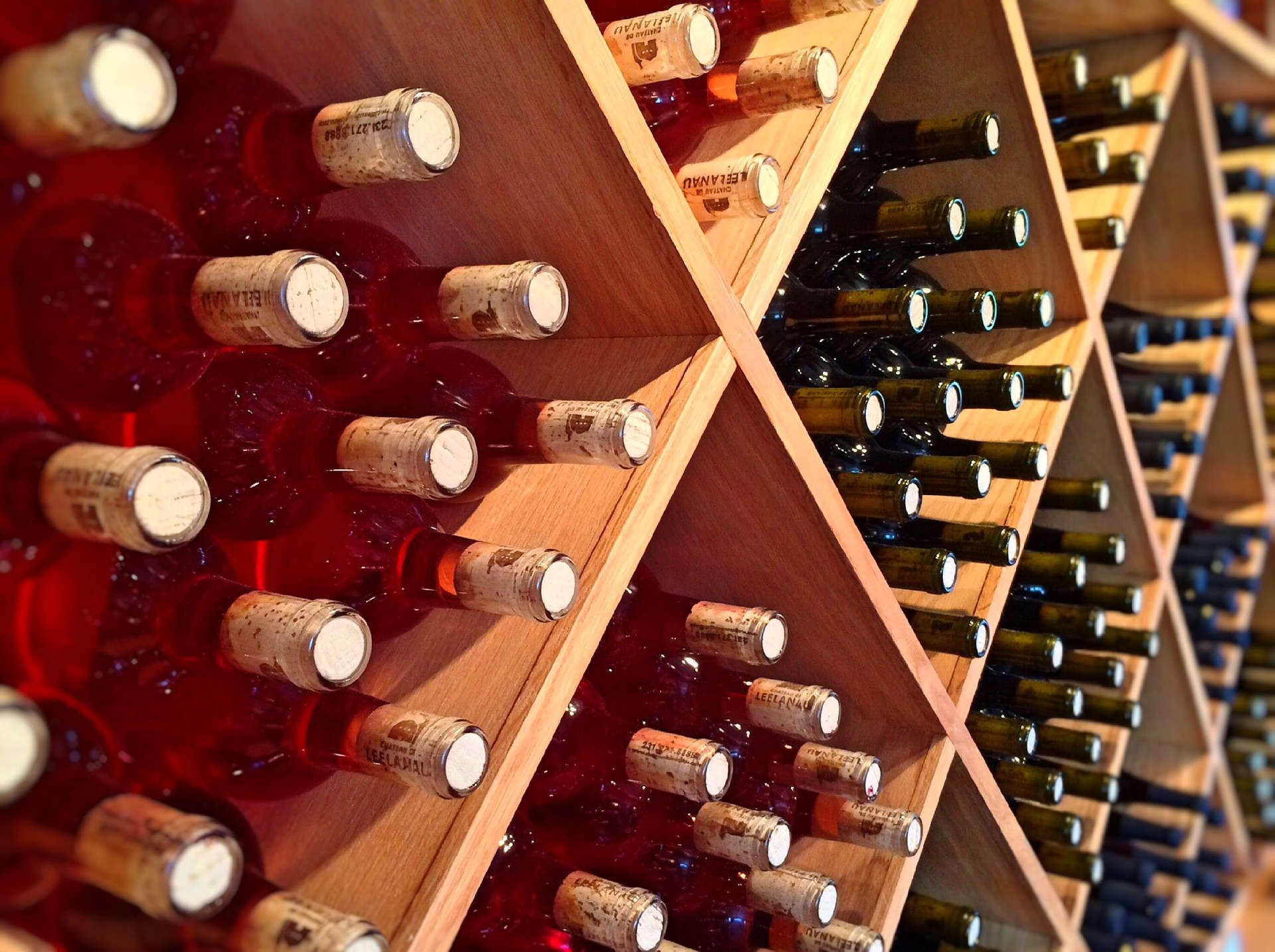
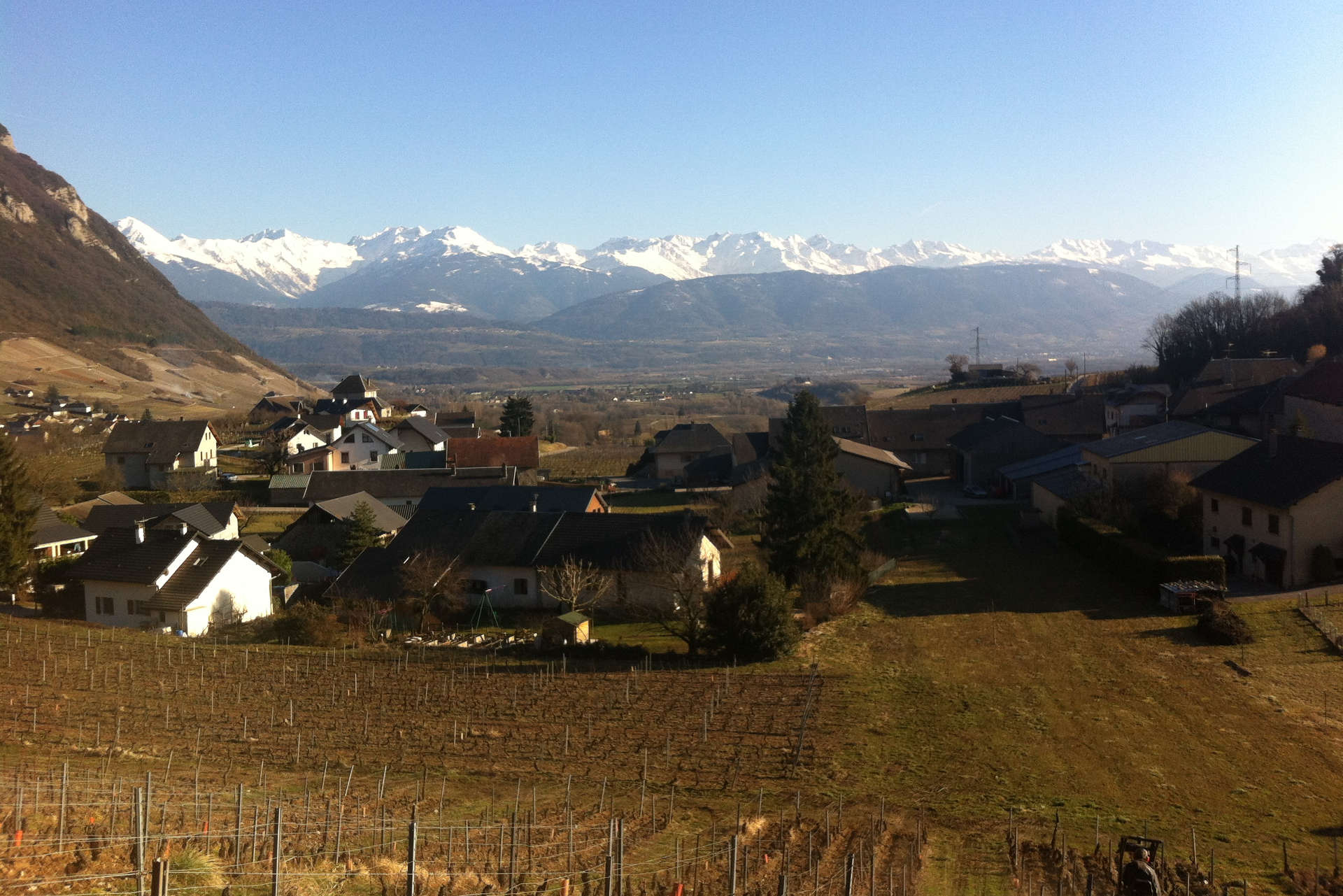
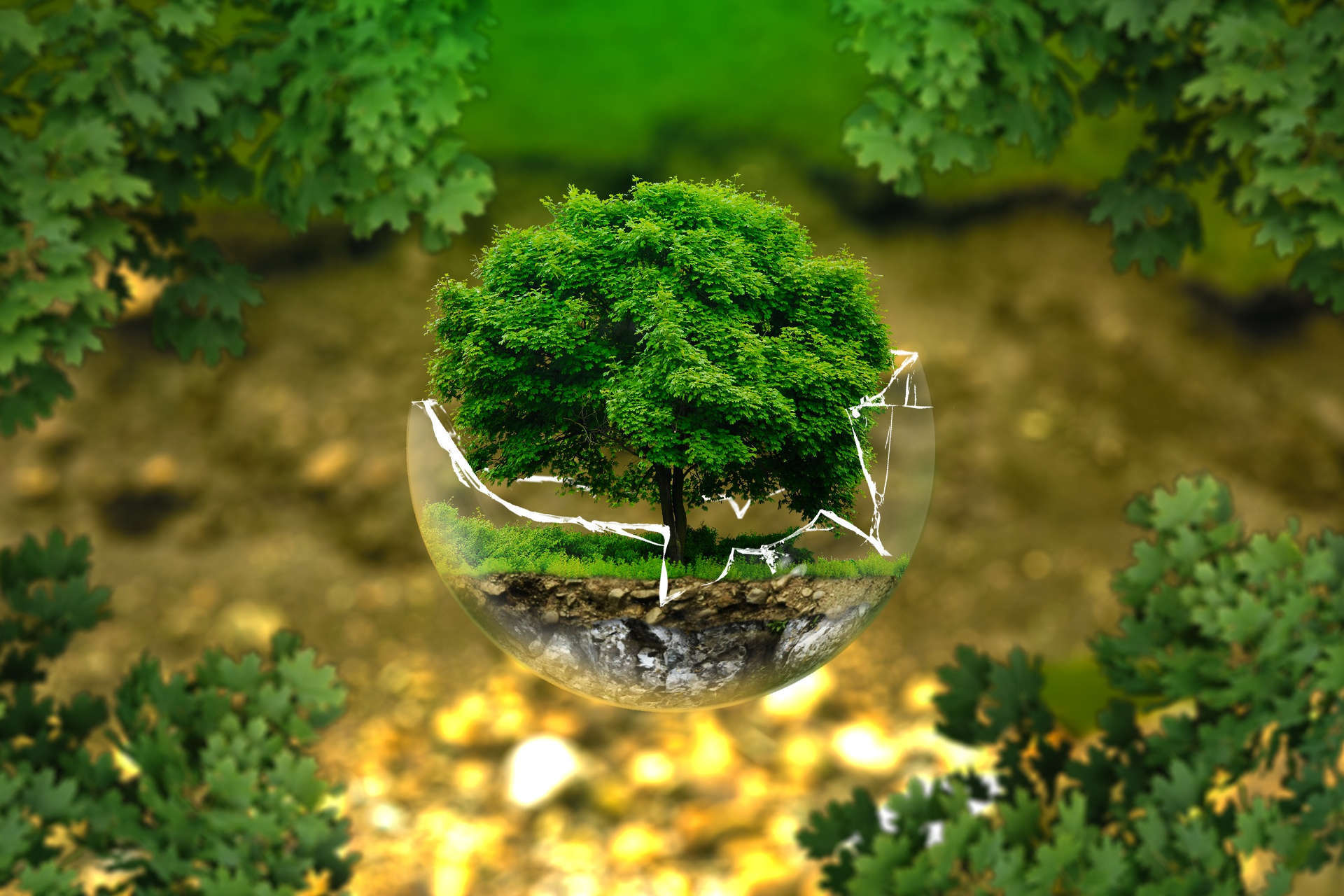
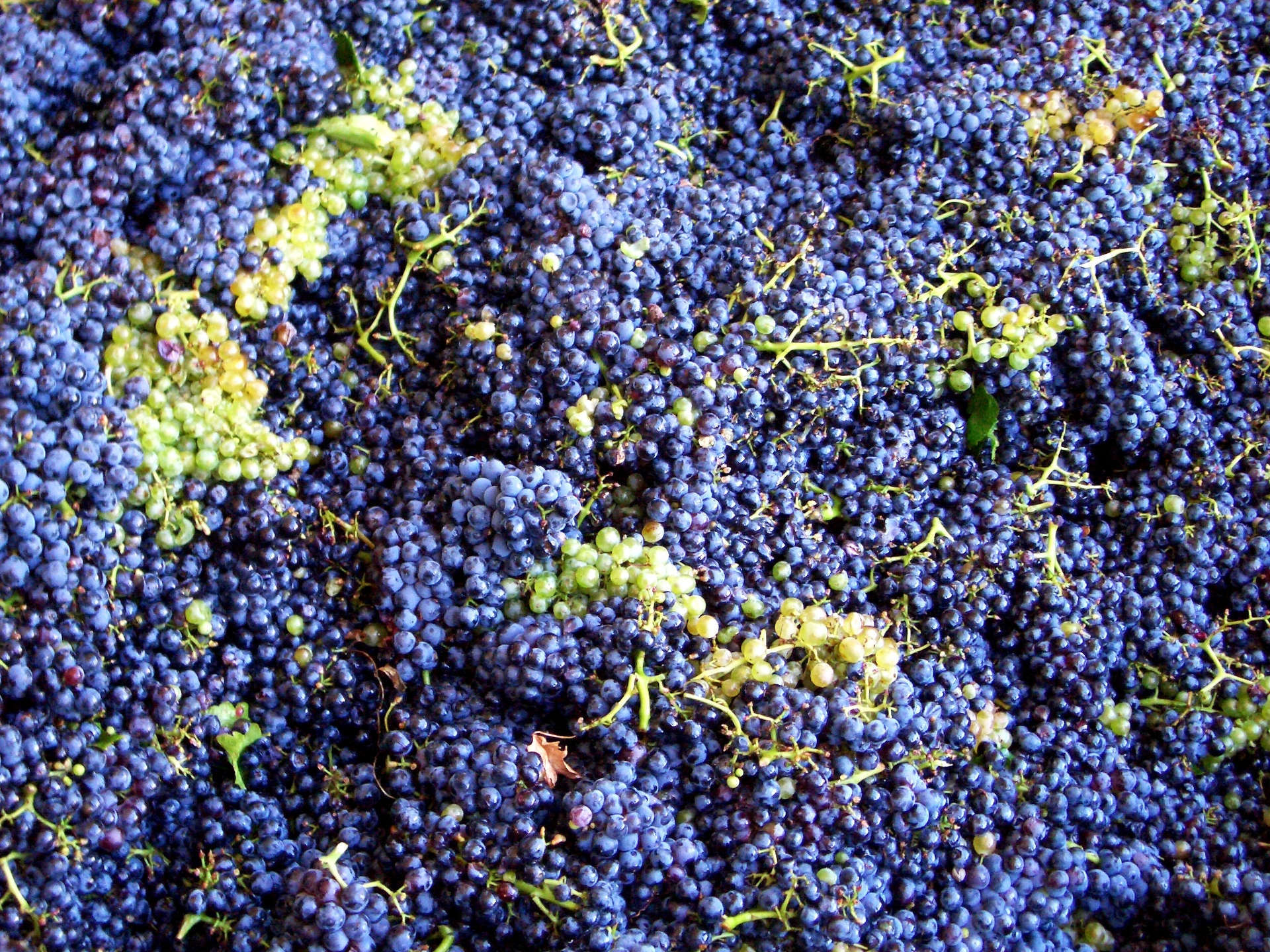
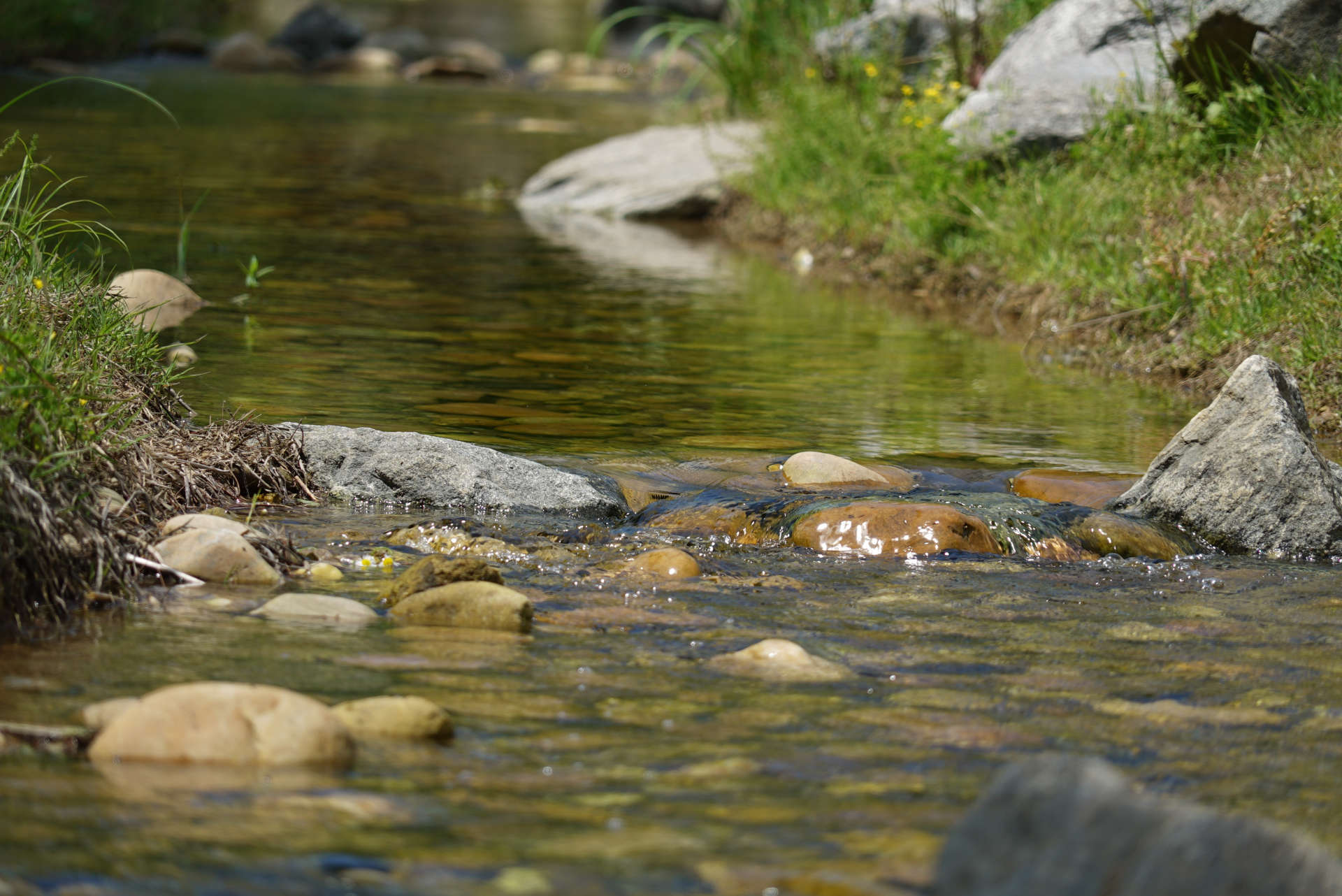
- CHIGNIN for 85% of the surface area.
- SAINT JEOIRE PRIEURE for the remaining 15%.
In white you’ll find the principal Savoyard varieties, including Jacquère, Bergeron (Roussanne) and Chardonnay, and in red Mondeuse, Gamay and Pinot Noir. Recently we have replanted a very old Savoyard variety called Persan.
The entire harvest is bottled at the Estate and sold directly via different circuits which were restructured in 2011 :
- Stores in ski resorts & Direct, cellar door sales
- Restaurants in the Rhône-Alpes region, in partnership with the Cafés Richard
- Supermarkets, in partnership with the Vacher, “Les Vignerons Savoyards” company.
- An export agent: presence in Norway, USA and Belgium
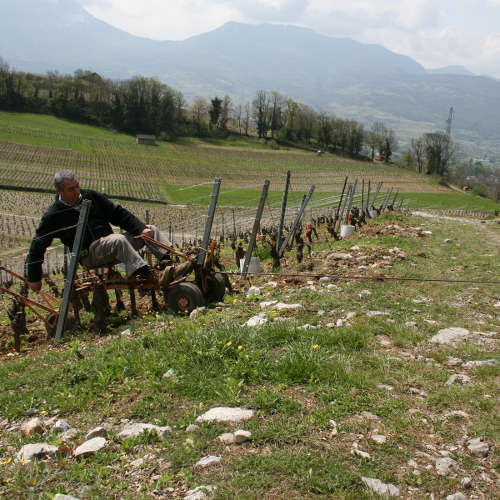
The vines are treated with natural products such as algae, mineral elements and, only if needed, with
a complement of copper sulfate.
We strive to stimulate the natural defenses of the plant. The maintenance of the soil is done by a combination of grass between the rows and tilling.
We try to operate in complete integration with the environment. Today we are working on the water cycle
by collecting and treating or ownwastewater so that we may recycle and reuse it for vines treatments and
washing of our equipment installations.
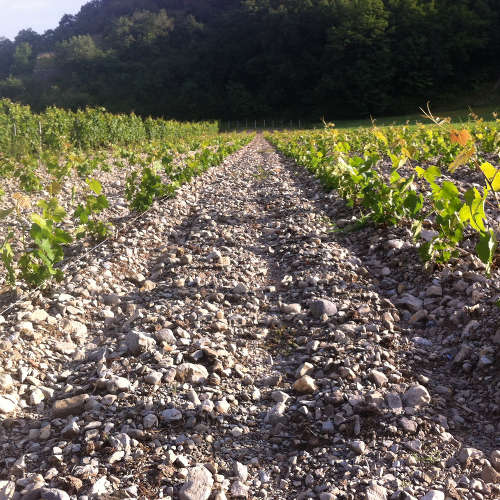
Whites : Traditional vinification with temperature control (17°C) which allows to conserve notably the
beading of the Jacquères, followed by malolactic fermentation which softens considerably the wines.
Rosé : These wines are made from bleeding a blend of 60% Gamay and 40% Mondeuse, which is then vinified
at controlled temperatures (17°C).
Red : Traditional vinification with vatting times adapted to the grape varieties and vintages
Organic sugar, only for the grapes that truly need it, notably the Mondeuse so as to have appropriate
alcohol levels in certain vintages. We do not however try to boost alcohol levels but simply to create
harmonious wines, pleasant and easy to drink.
A tiny bit of sulfur for conservation purposes. Since the wines have two, spontaneous fermentations,
the alcoholic following by the malolactic, they become relatively stable on their own, even microbiologically.
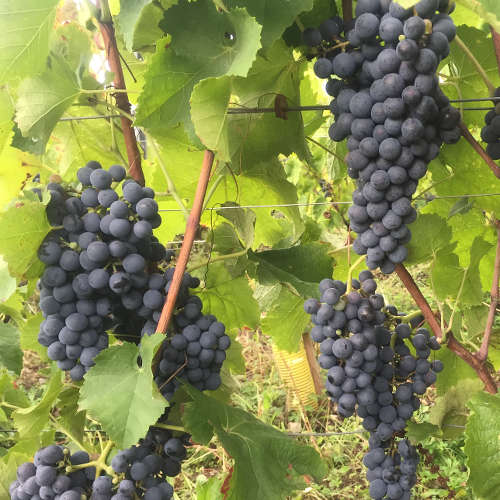
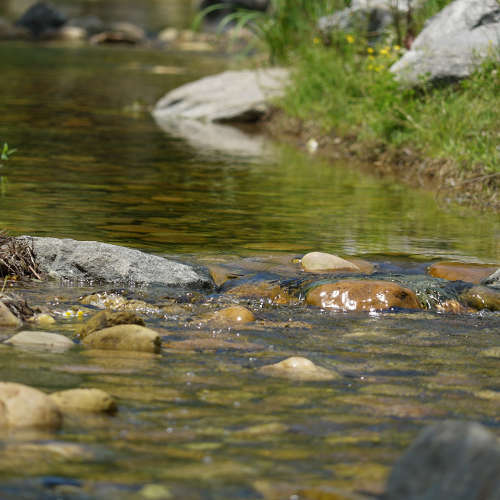
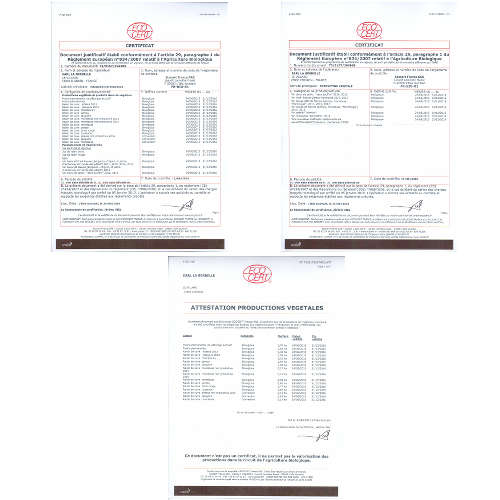
Every Adresses, Phone Numbers...